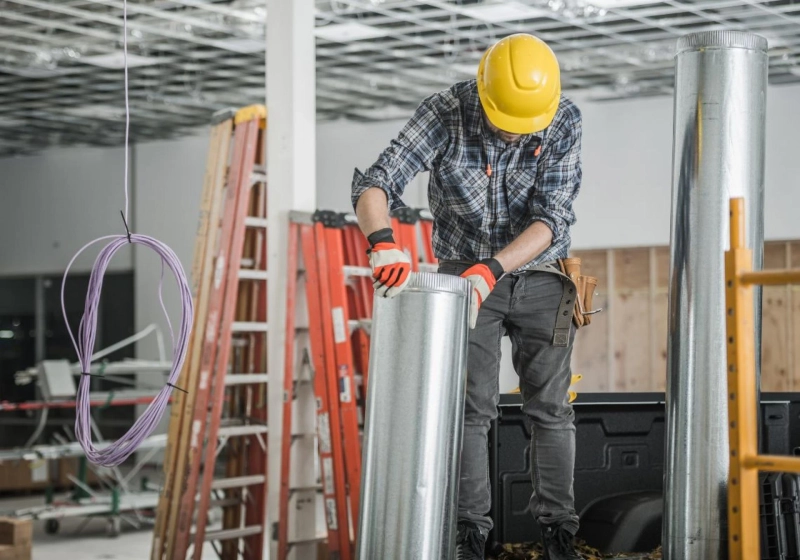Calculating load is a crucial step in the process of choosing a new HVAC system because that system must first be sized. It is impossible to match the system's capacity to your home or business' needs without performing a load calculation. You might end up with a system that is either undercapable or, worse yet, overcapable. However, the equipment's actual size is not a selection factor in and can even be deceptive.
The HVAC Load Calculator uses the information below about your residence and family to size the required system:
The amount of insulation in the entire housedimensions to conditionnumber of windows, their exposure, and their energy effectivenessNumerous air leaks and their severity in the house's envelopecharacteristics of a floor planDimensions and ages of family memberspreferred temperatures insideYou generate heat inside through activities and equipment.One advantage of performing load calculations early on is that you can identify areas of your home where the energy efficiency can be improved before installing the new equipment. Both adding insulation and plugging air leaks are doable tasks that will help you use a smaller system. Smaller systems are less expensive to buy and require less energy to run.
Oversized HVAC equipment runs in short cycles that increase energy costs and decrease your comfort, especially in the summer. You will feel warmer because a system that is too big won't run long enough to reduce humidity levels. Due to the fact that HVAC equipment uses the most energy when it first starts up, short cycling also raises your energy costs.
Long running cycles that may prematurely wear out the parts and the inability to maintain a comfortable environment in your home during extreme weather conditions are two problems associated with undersized equipment. However, installing a system that is too big is preferable to undersizing it. Ductwork operates in the opposite way. The system won't be able to push the air through the ductwork as quickly if it is too large, which could result in slower conditioning rates and possibly longer running times.


